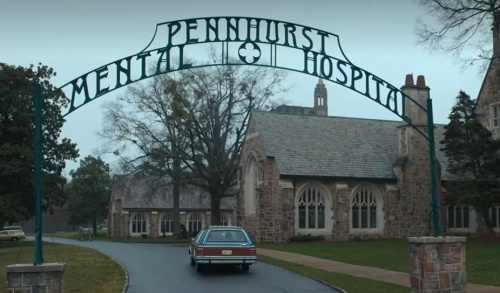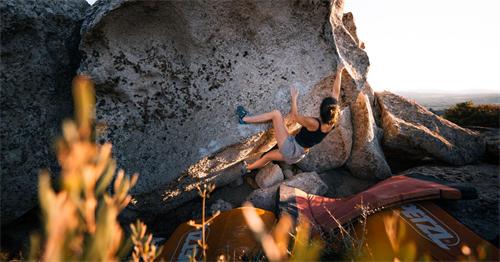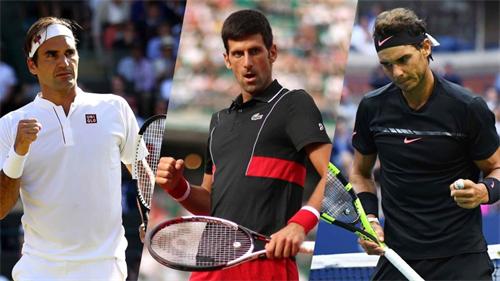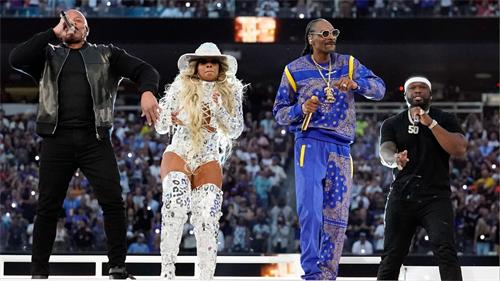Why College Athletes Are Finally Getting Paid (And Why It’s Controversial)
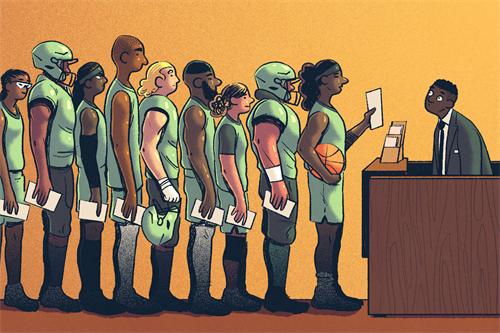
For a long time, the principle of “amateurism” has dominated U.S. college sports. The NCAA (National Collegiate Athletic Association), under the guise of “education first,” prohibited student-athletes from profiting from game-related revenues. While these athletes fought hard on the field and brought in massive income for their schools, they received nothing more than scholarships—while coaches, universities, and the NCAA itself raked in millions through broadcasting rights and merchandise sales.
But this unequal system has begun to shift, thanks to a series of policies and legal decisions.
California’s “Fair Pay to Play Act” Sparks Reform
In 2019, California passed the groundbreaking “Fair Pay to Play Act” (SB-206), which marked a turning point in the transformation of college sports. The law allowed athletes to earn money from their Name, Image, and Likeness (NIL) without losing their eligibility to compete. The law set off a chain reaction, as more than 30 states adopted similar measures, compelling the NCAA to revisit its traditional regulations.
The pivotal moment came in 2021 with the NCAA v. Alston case. The U.S. Supreme Court ruled unanimously (9-0) that the NCAA’s restrictions on education-related compensation violated antitrust law. The court noted that “the commercialization of college sports is irreversible,” putting immense pressure on the NCAA.
Soon after, in July 2021, the NCAA officially allowed student-athletes to profit from their NIL rights. This meant athletes could now earn money through endorsements, social media promotions, signed merchandise, and commercial appearances—marking a significant departure from the amateurism model.
To ensure fair competition, all NIL deals worth more than $600 are subject to oversight by a newly established regulatory body and must be registered through a clearinghouse platform managed by Deloitte.
A Historic Agreement in 2024
In 2024, the NCAA together with the Power Five conferences—ACC, Big Ten, Big 12, SEC, and Pac-12—agreed to a historic $2.8 billion settlement, marking a significant step forward in the reform efforts.
The agreement brought two major changes:
1. Retroactive Compensation Mechanism: The NCAA will allocate $2.75 billion to compensate athletes who didn’t receive NIL payments since 2016. Over 88,000 former Division I athletes have already filed claims. According to NPR, compensation amounts will vary based on sport and conference. Male basketball players may receive nearly $100,000, while athletes from Olympic or non-revenue sports may only get a few hundred dollars.
2. Revenue-Sharing Model: Starting July 1, 2025, universities will be allowed to pay athletes directly. The first-year cap is set at $20.5 million per school, subject to annual adjustments. Other non-Power Five institutions may also opt into the system voluntarily.
To prepare for these payments, universities are seeking ways to raise funds—through increased ticket prices, stronger merchandise sales, donor contributions, or budget adjustments.
This reform is not just about redistributing money; it also raises broader societal questions around education, fairness, and the value of labor. As California Senator Nancy Skinner stated, “The NCAA’s compromise is only the beginning. The real challenge is preserving the educational mission in the face of rising commercialization.”
Against this backdrop, college sports are no longer merely “campus activities.” They have evolved into a highly commercialized industry involving massive financial stakes. Athletes are no longer just passive “students”—they’re beginning to receive compensation that matches their contributions. This transformation may well mark the beginning of a new era in American college athletics.
RECOMMEND FO YOU
